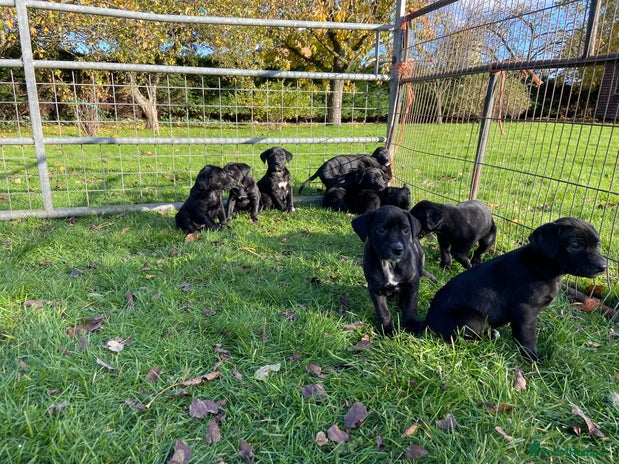Huntaway Puppies for sale in Blaydon-on-Tyne, Tyne and Wear
1 Huntaway Puppies for sale in Blaydon-on-Tyne, Tyne and Wear
The Huntaway, also known as New Zealand Huntaway, New Zealand Sheepdog, is a New Zealand treasure, originally bred to herd large flocks of sheep without the need for a shepherd. They are known for their intelligence, reliability and trustworthiness, being friendly and even-tempered in any environment. In New Zealand, they are often referred to as "no nonsense dogs" who like to be busy.
Read our Huntaway Buying Advice page for information on this dog breed.

Labrador x Huntaway Puppies
£400
Arlo the Huntaway
£450FAQs
What is the Huntaway dog breed?
The Huntaway is a distinctive New Zealand working dog breed, developed by crossing Border Collies with Labradors and Rottweilers, along with some influence from German Shepherds. This combination was designed to blend intelligence, stamina, size, strength, and endurance, making them well-suited for herding sheep in rough terrain.